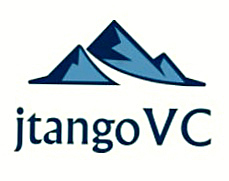Now that e-commerce appears to be less hot, we’re increasingly looking at the category. As I’ve written in the past, Customer Acquisition Cost is a key driver of the business. Another thing we look at in particular is industry structure. Specifically, we look at the supply chain and try to see where the “fat” is and whether there’s room for dis-intermediaton. We like companies going after that fat.
For example, let’s take a look at the wine industry. It’s a pretty scary industry against which much VC money has been thrown. What’s alluring about it is that many states mandate what’s called “three-tier distribution,” with products going from wineries to wholesalers to retailers. It would be much more efficient for example if wineries could ship directly to retailers. But, in some states, they must go through a wholesaler in the middle. These wholesalers are licensed by the state and have a strong lobbying group.
On the face of it, an e-commerce site could greatly cut out the wholesaler “fat” by going directly to the consumer. In some states, that has worked. In some states, it has not, due to tight regulations. In the case of the latter, there were cost inefficiencies, but you couldn’t really go after them.
In another example, we can look at the pets supplies business. Remember the whole Pets.com-sock-puppet moment in 1999? A raft of VC-backed e-commerce start-ups went after that vertical, and the journeys unfortunately didn’t end well. That was a tough vertical in retrospect; when you looked at the gross margins by product in that vertical, they’re pretty low. In fact, it’s pretty hard to lock up proprietary items. You didn’t have a sourcing advantage.
As I was looking at a number of those new start-ups, I did due diligence by going to my local pet store and interviewing the manager. He ordered products from three or so catalog-based wholesalers, and he felt they all had roughly the same goods at the same prices. So, there wasn’t fat in the manufacturing tier. Moreover, selling products didn’t seem profitable. He seemed to make his money off selling live animals.
So, that’s one lens through which to look at e-commerce: is there “fat” there and can you cut it out? If you’ve got an e-commerce business plan, would love to hear your views.
